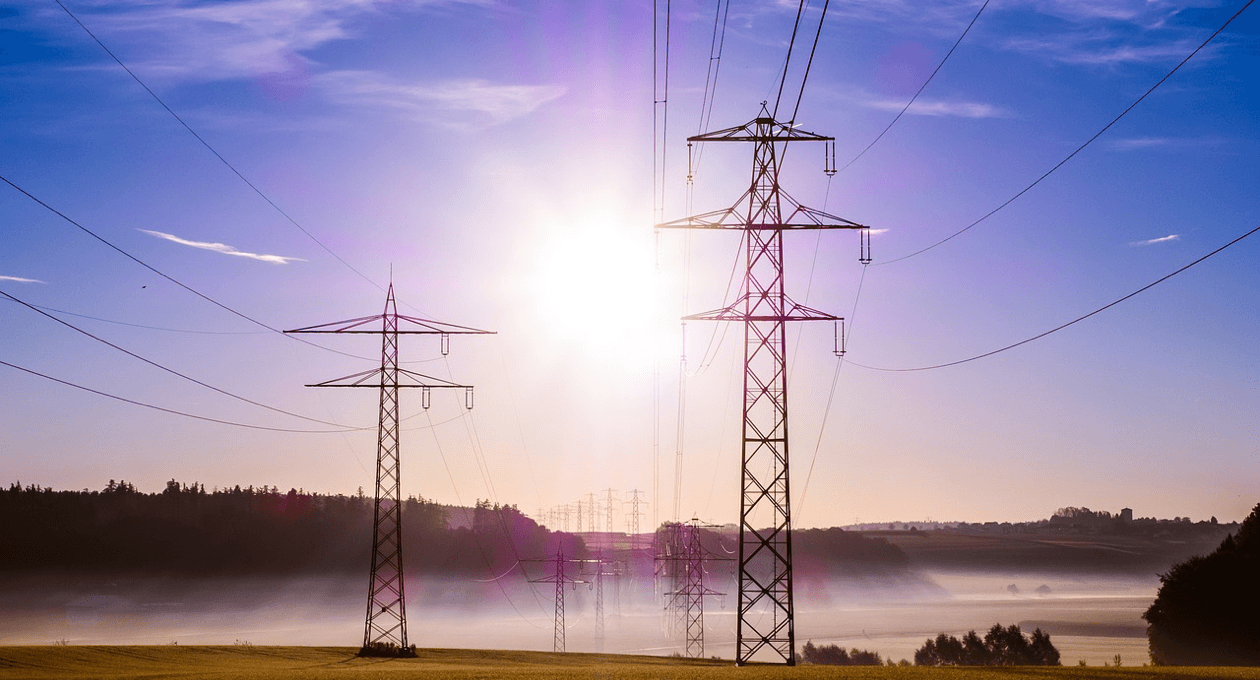 Have you ever wondered if your home is as energy efficient as it can be? Everyone wants to find out how they can save money on electricity and gas bills. To help you out, we’ve come up with a list of several ways to assist in decreasing those utility bills.
Have you ever wondered if your home is as energy efficient as it can be? Everyone wants to find out how they can save money on electricity and gas bills. To help you out, we’ve come up with a list of several ways to assist in decreasing those utility bills.
You may already be doing some of these things in your home, and many of them you may have not even considered when it comes to managing your home’s energy efficiency. Some low-cost immediate home investments can go a long way to making your home more energy efficient.
1. One of the first things that often surprises people is considering the accessibility of air vents. It is important that you don’t block air vents with any furniture or large items so that they can efficiently heat and cool your home.
2. To keep rooms at that stable temperature, be sure to install door sweeps on the bottom of exterior doors. If you have old door sweeps that are cracking or twisting, replace them with new, more effective ones.
3. Another important consideration that should be a priority in energy efficiency is window seals. Every window should be sealed with rope caulk to avoid air escaping.
4. Ever wondered why sometimes your fridge seems to work harder in those summer months? Refrigerators and freezers should be placed away from anything that has a warm temperature; this includes direct sunlight. Ensure the fridge is placed away from stoves and heat vents as well. All these things will cause it to use more energy in order to maintain the desired cool temperature.
5. Simple alternatives and habits can go a long way as well. Using a ceiling fan instead of an air conditioning unit whenever possible will use much less energy.
6. Did you know there is an easy way to insulate your windows? Keeping the curtains drawn at night will create insulation and keep the interior of your home at your desired temperature, using less energy.
7. Adjusting the temperature so that it is a couple of degrees lower at night and while you are not at home during winter months (and the flip side of that for the summer – adjusting it a couple of degrees higher) can create drastic savings on your regular energy bills.
8. Try unplugging your electronics when you are not using them. Electronics continue to draw power even when powered off. If you are having an extended leave from the home, unplug the electronics.
 9. If you have ever wondered about “Energy Star” appliances, they are also a worthy investment. Choose appliances with this designation whenever possible. They will save you a lot of money over the course of each year and are worth spending a little bit extra to create lasting savings.
9. If you have ever wondered about “Energy Star” appliances, they are also a worthy investment. Choose appliances with this designation whenever possible. They will save you a lot of money over the course of each year and are worth spending a little bit extra to create lasting savings.
10. As for lighting, LED lights are a worthy investment. They use a third of the electricity of a normal bulb. Turning off the lights when you are not in a room can help with savings too.
11. Sometimes it’s tempting to catch up on a little bit of laundry when we have free time and notice the hamper is beginning to get full. Using the medium setting on your washing machine is not energy efficient. It’s worth the savings to wait until you have enough for a full load instead of doing multiple small loads. There are a lot of other tips to help with your laundry:
- Water temperature. Unless clothes are very dirty, avoid using hot water, cold water is easier on your clothing and will help it last longer.
- Hang clothes whenever possible instead of using the dryer.
- If you do use your dryer, clean the lint trap each time. Without cleaning the lint trap, it takes longer to dry your clothes and will therefore take more energy.
12. What savings can be drawn from cooking? Using lids on pots and pans will not only allow the food to cook faster, but it will save energy that the stove is using to cook the food.
Savings can add up over time, so while you may not see all the savings right away, you’ll be able to enjoy the benefits of reducing those electricity bills in the long run.
